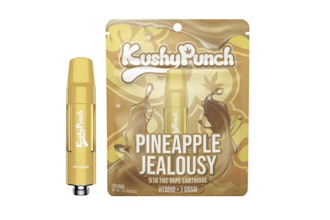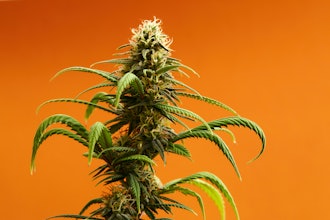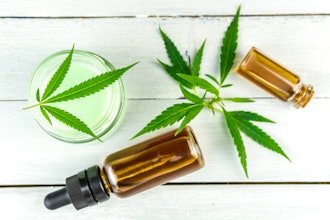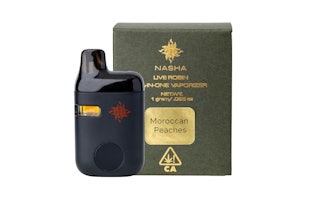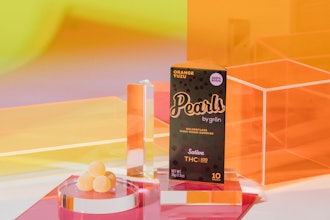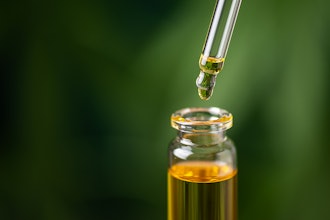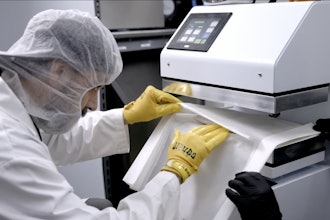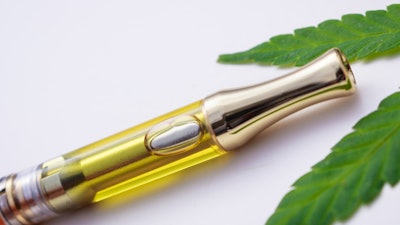
In just four years, global medical cannabis extract markets have transformed dramatically.
Over the past four years, the market has moved from basic active pharmaceutical ingredient (API) producers supplying compound pharmacies to high-tech vaporizers and appetizing gummies.
Although most medical markets only allow for oral drops, there is a growing creative trend toward products that do not resemble traditional medicines. This dramatic shift opens up demographics within countries that allow these innovative products.
Expanding the Reach of Medical Cannabis with Novel Formulations
In the United States, market share is divided with 50% for flower, 25% for extracts, and 25% for oral dosage forms. In Canada, 25% of the market is occupied by ingested products, 24% goes to extracts, and 51% goes to flower. The fact is, desirable products open up access for demographics that generally would not smoke flower or use oral drops. High-quality extracts increase demographic reach as more advanced products arrive on the market.
Most people are familiar with cannabis gummies because they have become socially acceptable, they are tasty, and they are easy to dose. Still, the same definitely can’t be said about medical-type formulations like oral drops. The medicinal bottle is a little scary, and dosages are difficult to understand, except to experienced consumers.
Smoking and vaporizing are a bit more accessible, but most people in the world do not smoke and are not used to inhaling anything into their lungs.
Easy-to-use and discreet handheld oil vaporizers provide a more accessible alternative; they can be taken almost everywhere and can administer a single dose, unlike a joint or traditional vaporizer. Innovative, approachable formats have tremendous appeal.
Navigating Consumption Laws With Novel Formulations
In Canada, many people are going back to single-dose softgel capsules or pills. Strict laws regulating driving with cannabis in the operator’s system, which allow for testing residue in the mouth, are becoming a serious threat to medical and recreational users. Unlike flower, vapes, or edibles, a dosage format that goes right to the stomach is not detectable in the mouth.
Medical products like these are finding their way to the adult-use market because, as tasty as a gummy is or as nice as a joint is, the risk of driving and being tested is too great.
Countries like Australia are exploding with gummies too, but the risk of getting stopped while driving and being swabbed in the mouth is sending people to traditional medical formats.
But whatever the reason, extracts must become more advanced to drive future growth.
Extracts in the Global Cannabis Marketplace
Concentrates are limited in most emerging markets, such as Germany and the United Kingdom (UK), but are gaining popularity. In countries like Australia, with more advanced markets, extracts are more widespread.
Regulations also impact the adoption of extracts. Despite being one of the oldest medical markets, Israel is dominated by extracts because of the regulatory difficulty in getting approval for new products. Countries like France and Spain have intentionally created or are in the process of creating extract-only markets. Additionally, young cannabis markets that are following a medical framework are starting with extracts, which are more compatible with a pharmaceutical market.
Creating More Palatable Extracts
The biggest stumbling block to the widespread adoption of extracts is the limited choice patients have been offered in the past. Horrible-tasting crude oils with variable results were the norm up until recently. These formats began in the early 1900s, pioneered by Eli Lilly. The early 2000s saw the birth of RSO (Rick Simpson Oil), which, although it was a landmark innovation in the medical cannabis movement, lacked any true technological advantage.
By the early 2010s, technology transformed these basic oils into distillates and, later, into rosins and resins. These modern extracts were purer and contained large amounts of terpenes for an experience reminiscent of flower. Modern extracts are more pleasing to taste and smoke than crude oils and tend to perform much better overall.
As cannabis extracts continue to improve and producers make more products with better results, and are easier for people to understand, more and more demographics begin to adopt medical cannabis. Everyone likes a product that tastes and performs better.
EU-GMP is the Gold Standard for Cannabis Extracts
The global markets are changing, and EU-GMP-produced products are the global standard of extract that can be imported into almost any country that accepts herbal cannabis remedies.
Medicines created under EU-GMP guidelines command higher prices around the world. Although some markets currently do not reward this standardization, for most countries, this certification is the minimum requirement for entrance.
Innovation Allows the Global Cannabis Market to Skyrocket
As countries start to accept alternative formats, the size of their medical cannabis markets will grow exponentially.
Although it is doubtful that true medical markets will ever allow non-medical products like handheld oil vaporizers or gummies, many looser markets, like the UK and Australia, welcome alternatives to combustible flowers.
The global medical markets are exploding, and so too are extracted products. Of these products, EU-GMP extracts are the leader of standardization and global commerce.










